The Commercial Electronic Flight Bag Market is currently characterized by a dynamic competitive landscape, driven by technological advancements and an increasing demand for operational efficiency in aviation. Key players such as Jeppesen (US), L3Harris Technologies (US), and Honeywell (US) are at the forefront, each adopting distinct strategies to enhance their market positioning. Jeppesen (US) focuses on integrating advanced data analytics into its flight bag solutions, thereby improving flight planning and operational decision-making. Meanwhile, L3Harris Technologies (US) emphasizes innovation through the development of next-generation electronic flight bags that leverage artificial intelligence for predictive analytics. Honeywell (US), on the other hand, is pursuing a strategy of regional expansion, particularly in emerging markets, to capitalize on the growing demand for digital solutions in aviation.
The market structure appears moderately fragmented, with several players vying for market share. Key business tactics include localizing manufacturing to reduce costs and optimize supply chains, which is becoming increasingly vital in a globalized economy. The collective influence of these major players shapes a competitive environment where innovation and operational efficiency are paramount, suggesting that companies must continuously adapt to maintain their competitive edge.
In August 2025, Jeppesen (US) announced a partnership with a leading airline to implement its latest electronic flight bag technology, which integrates real-time weather data and flight analytics. This strategic move is likely to enhance the airline's operational efficiency and safety, positioning Jeppesen as a critical player in the digital transformation of flight operations. The partnership underscores the importance of collaboration in driving technological advancements within the industry.
In September 2025, L3Harris Technologies (US) unveiled a new suite of features for its electronic flight bag, including enhanced user interfaces and improved data integration capabilities. This development is indicative of the company's commitment to innovation and user experience, potentially setting a new standard in the market. By focusing on user-centric design, L3Harris Technologies may attract a broader customer base, thereby strengthening its market position.
In July 2025, Honeywell (US) expanded its electronic flight bag offerings by acquiring a software company specializing in cloud-based solutions for aviation. This acquisition is strategically significant as it allows Honeywell to enhance its product portfolio and offer more comprehensive solutions to its customers. The integration of cloud technology into electronic flight bags could lead to improved data accessibility and operational flexibility, aligning with current trends in digitalization.
As of October 2025, the competitive trends in the Commercial Electronic Flight Bag Market are increasingly defined by digitalization, sustainability, and the integration of artificial intelligence. Strategic alliances are becoming more prevalent, as companies recognize the value of collaboration in fostering innovation. Looking ahead, competitive differentiation is likely to evolve from traditional price-based competition to a focus on technological innovation, supply chain reliability, and enhanced customer experiences. This shift suggests that companies must invest in research and development to stay ahead in a rapidly changing market.


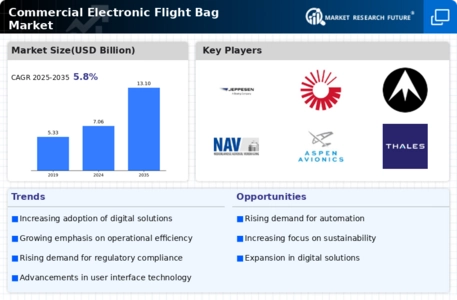
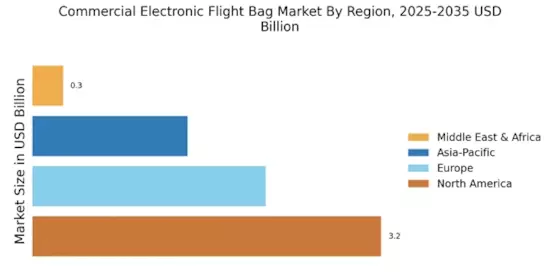


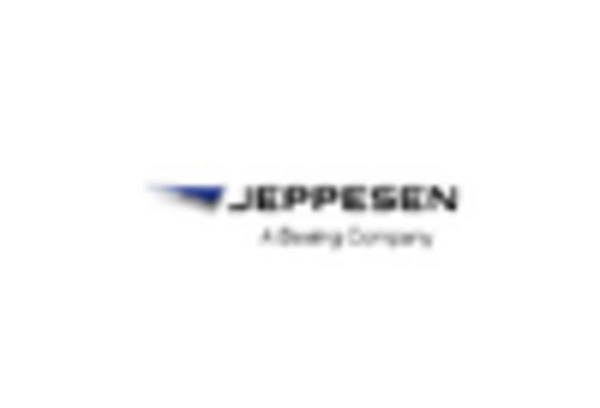
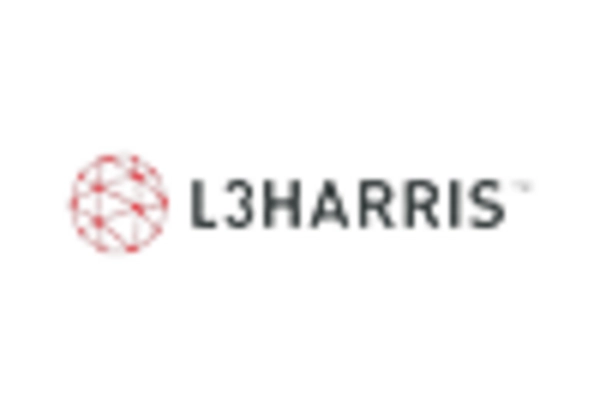
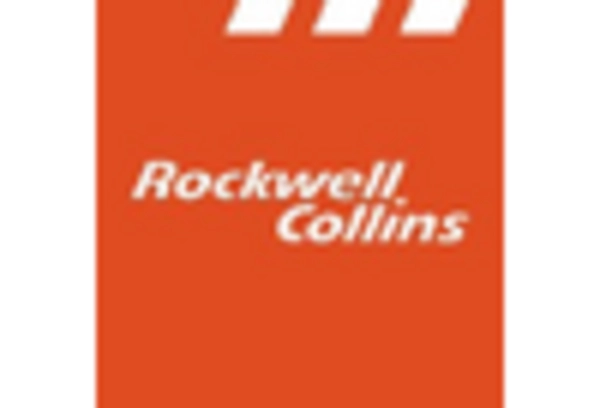









Leave a Comment